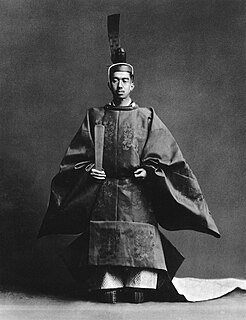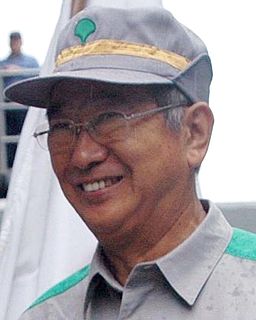Detective fiction is a subgenre of crime fiction and mystery fiction in which an investigator or a detective—either professional, amateur or retired—investigates a crime, often murder. The detective genre began around the same time as speculative fiction and other genre fiction in the mid-nineteenth century and has remained extremely popular, particularly in novels. Some of the most famous heroes of detective fiction include C. Auguste Dupin, Sherlock Holmes, and Hercule Poirot. Juvenile stories featuring The Hardy Boys, Nancy Drew, and The Boxcar Children have also remained in print for several decades.
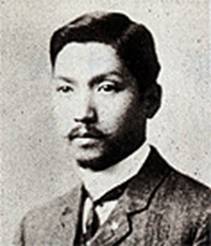
Sakae Ōsugi was a radical Japanese anarchist. He published numerous anarchist periodicals, helped translate western anarchist essays into Japanese for the first time, and created Japan's first Esperanto school in 1906. He, Noe Itō, and his nephew were murdered in what became known as the Amakasu incident.

Tarō Hirai, better known by the pseudonym Edogawa Ranpo, also romanized as Edogawa Rampo, was a Japanese author and critic who played a major role in the development of Japanese mystery fiction. Many of his novels involve the detective hero Kogoro Akechi, who in later books was the leader of a group of boy detectives known as the "Boy Detectives Club".
Michael Francis Gilbert was a British lawyer and author of crime fiction mysteries.
Kogoro Akechi is a fictional private detective created by Japanese mystery writer Edogawa Ranpo.

Kyotaro Nishimura is a Japanese novelist of Police procedural. Nishimura is best known for his "train series" mysteries, most of which feature his characters, police detectives Shozo Totsugawa, Sadao Kamei and Tokitaka Honda. He won the Mystery Writers of Japan Award in 1981 for The Terminal Murder Case.
Sherlock Holmes has long been a popular character for pastiche, Holmes-related work by authors and creators other than Arthur Conan Doyle. Their works can be grouped into four broad categories:
Natsuo Kirino is the pen name of Mariko Hashioka, a Japanese novelist and a leading figure in the recent boom of female writers of Japanese detective fiction.

Akimitsu Takagi, was the pen-name of a popular Japanese crime fiction writer active during the Shōwa period of Japan. His real name was Takagi Seiichi.

Tatsuhiko Shibusawa was the pen name of Shibusawa Tatsuo, a novelist, art critic, and translator of French literature active during Shōwa period Japan. Shibusawa wrote many short stories and novels based on French literature and Japanese classics. His essays about black magic, demonology, and eroticism are also popular in Japan.
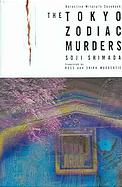
The Tokyo Zodiac Murders is the debut mystery novel of Soji Shimada, the musician and writer on astrology who is best known as an author of over 100 mystery novels. Besides being Shimada's first novel and a best seller, it was nominated for the prestigious Edogawa Rampo Prize for mystery novels.
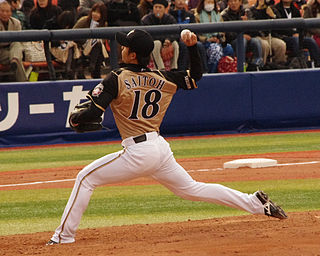
Yuki Saito is a Japanese pitcher for Hokkaido Nippon-Ham Fighters.
Keigo Higashino is a Japanese author chiefly known for his mystery novels. He served as the 13th President of Mystery Writers of Japan from 2009 to 2013. He won the 31st Edogawa Rampo Prize in 1985 for his novel After School.

Soji Shimada is a Japanese mystery writer. Born in Fukuyama City, Hiroshima Prefecture, Japan.
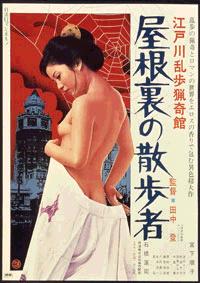
Watcher in the AtticakaStroller in the Attic, Edogawa Rampo Theater: Walker in the Attic and Walker in the Attic is a 1976 Japanese film in Nikkatsu's Roman porno series, directed by Noboru Tanaka and starring Junko Miyashita.

Rampo Kitan: Game of Laplace is a Japanese anime television series produced by Lerche, directed by Seiji Kishi, and written by Makoto Uezu. The series aired on Fuji TV's Noitamina programming block from July 2 to September 17, 2015. The anime is inspired by the works of author Edogawa Ranpo and commemorates the 50th anniversary of his death in 1965.

Fictional detectives are characters in detective fiction. These characters have long been a staple of detective mystery crime fiction, particularly in detective novels and short stories. Much of early detective fiction was written during the "Golden Age of Detective Fiction" (1920s-1930s). These detectives include amateurs, private investigators and professional policemen. They are often popularized as individual characters rather than parts of the fictional work in which they appear. Stories involving individual detectives are well-suited to dramatic presentation, resulting in many popular theatre, television, and movie characters.

Misa Yamamura is a Japanese novelist and a mystery writer favored as the queen of both mystery novels and tricks in Japan, often compared to Agatha Christie. Her spouse is Takashi Yamamura, a painter and a retired high school teacher. Her younger brother is Hiroshi Kimura, a professor of Political Science and her daughter is Momiji Yamamura, an actress.

